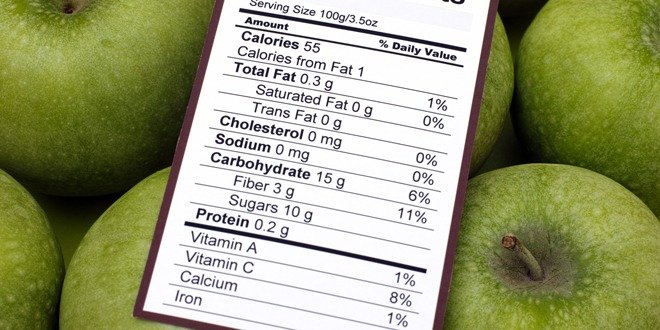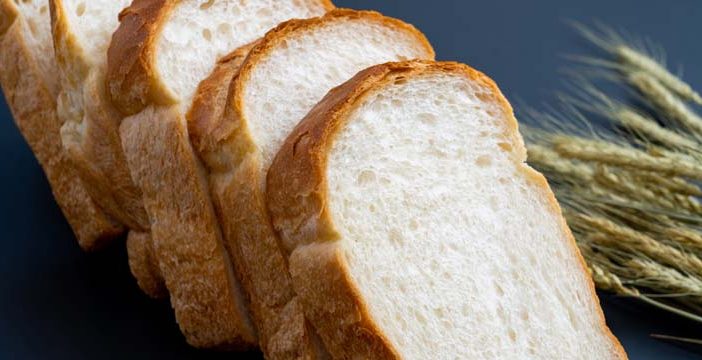
Many packaged foods contain high amounts of sugar. In some cases – for example, cookies and cakes – it’s to be expected. However, the sugar content in some foods may take you by surprise. Read on to learn about 10 foods you may not realize have surprisingly high sugar content.
Barbeque sauce and steak sauce
Barbeque sauce and steak sauce provide a flavour boost to grilled or roasted meats, but they are high in sugar. The sugar is added to enhance the flavour and also acts as a preservative. Steak sauce and barbeque sauce can each contain 7 grams or more of added sugars per 2-tablespoon (30-gram) serving. Try making your own barbeque sauce or steak sauce, so you can control how much – if any – sugar you add.
Spaghetti sauce
Some bottled spaghetti sauces are very high in sugar. It is often added to counteract the acidity of the tomatoes. Store-bought brands can contain 7 grams or more of sugar per ½-cup serving. When shopping for spaghetti sauce, be sure to check the nutrition facts table, as some popular brands are low in sugar.
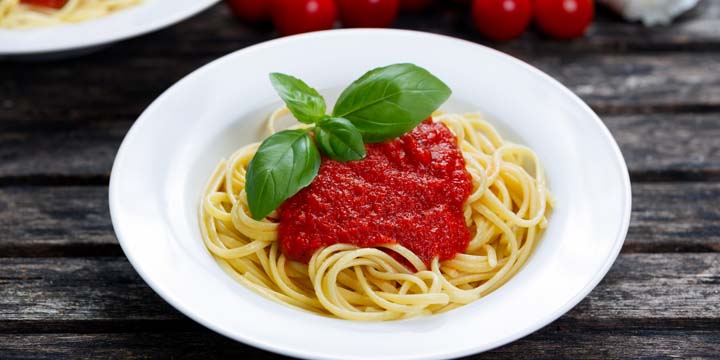
Low-fat yogurt
When you choose low-fat yogurt, you are making a trade-off between reduced fat and more sugar than regular yogurt. This is because manufacturers need to add more sugar to enhance the flavour of low-fat yogurt. It’s a good idea to choose yogurts that have the lowest sugar content. As well, avoid yogurt with added fruit, as it can be very high in sugar as well: ½ cup (125 grams) of fruit-flavoured, non-fat yogurt contains about 15 grams of sugar. For the healthiest option, simply add your own fresh fruit to plain yogurt for less added sugar and fresher flavour.
Sports drinks
Sports drinks were originally developed to help elite athletes keep hydrated and maintain energy levels during prolonged, intense periods of exercise. As such, they contain high amounts of sugar, which can be absorbed quickly and used for energy. A standard 20-ounce (591-mL) bottle of a sports drink contains about 33 grams of added sugar. Like pop and sweetened fruit juice, they have been linked to obesity and diabetes. Instead of choosing a sports drink, opt for still or sparkling water flavoured with lime or lemon.
Canned fruit
Canned fruit is often packed in light or heavy syrup, both of which are high in sugar and empty calories. A ½-cup (125-gram) serving of peaches in heavy syrup contains 21 grams of sugar. It’s best to eat fresh fruit, but if you want to enjoy canned fruit choose ones that are packed in fruit juice or water. Juice has a slightly lower sugar content and is a little healthier than syrup. Many canned fruits are available packed in juice or water, including pineapple, pears and oranges.
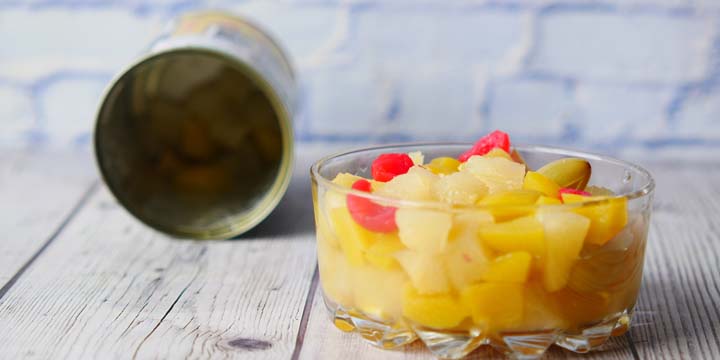
White bread
The ingredients in bread are not significant sources of sugar (e.g. flour, water, salt). However, many store-bought breads have added sugar, particularly white bread, which can have as much as 4 grams per slice. When buying bread, choose one with a low sugar content. For added health benefits opt for whole grain or multi-grain breads, which also contain more fibre, minerals and vitamins than white bread.
Breakfast cereal
Many kinds of cereal are marketed as a good source of fibre and nutrients, but they can still contain a lot of sugar. For example, 1 cup (50 grams) of raisin bran cereal contains 19 grams of sugar. Be sure to read the nutrition facts table and choose a cereal that is low in sugar.
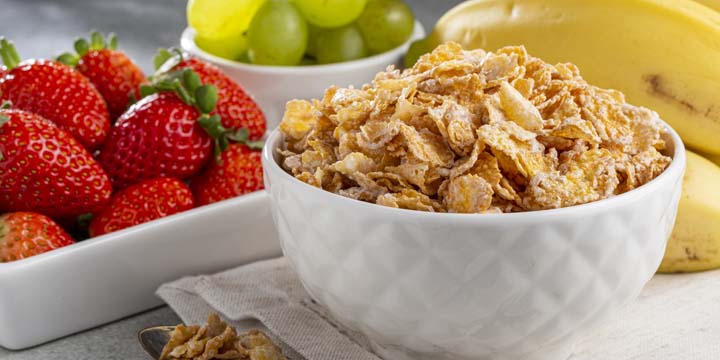
Granola bars
Granola bars might seem much healthier than they really are. Although many contain whole grains, nuts and seeds, some have 10 grams or more of sugar per bar. When shopping for granola bars, avoid those that list sugar in the top 3 ingredients. For a healthier alternative to granola bars, consider snacking on a handful of almonds or cashews, or a small serving of dried fruit.
Salad dressing
Most bottled salad dressings contain small amounts of sugar, particularly oil and vinegar-based ones. These usually contain between 1 and 2 grams of sugar per 30 mL serving. Creamy dressings, such as Ceasar or ranch, are much higher in sugar, as are dressings marketed as “low fat.” These can contain up to 6 grams of sugar per 2-tablespoon (30-mL) serving. Instead of buying salad dressing, try making your own with olive oil and red wine vinegar. Or, you can use hummus or tzatziki to dress your salad.
Peanut butter
Regular peanut butter doesn’t usually have a lot of sugar; most brands contain between 1 and 2 grams per 2-tablespoon (30-gram) serving. Similar to salad dressings, though, peanut butters marketed as “low fat” are often much higher in sugar, ranging from 6 to 8 grams per serving. Check the nutrition facts table to ensure you’re buying peanut butter with a low amount of sugar.

Choose packaged foods with lower sugar content as often as possible. When you read food labels, the grams of sugar are already included in the total carbohydrate amount, so you do not need to count this sugar amount separately. You might be surprised to discover that many packaged foods contain more sugar than you would expect.


